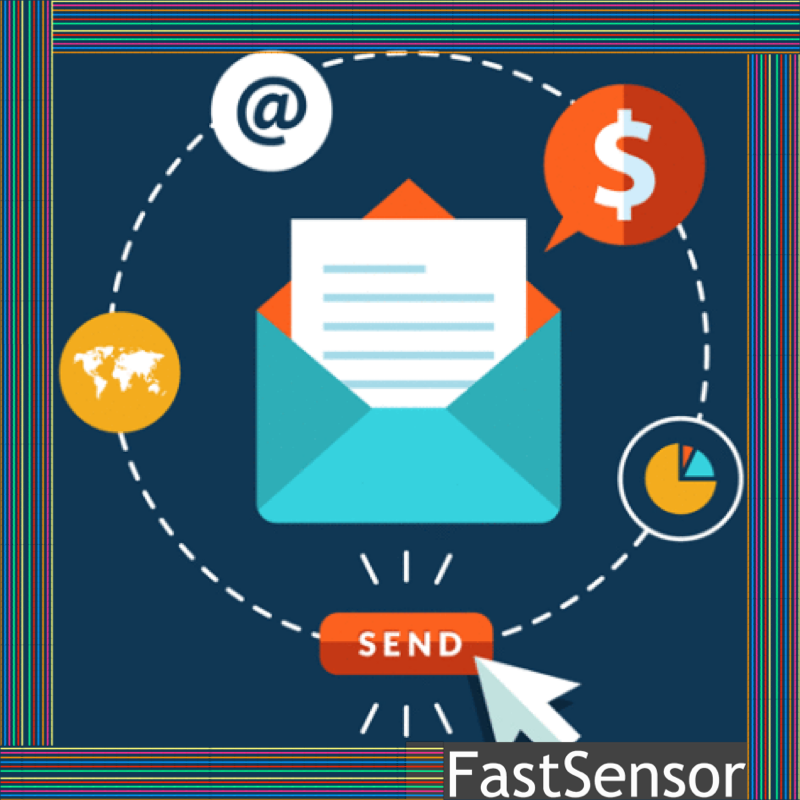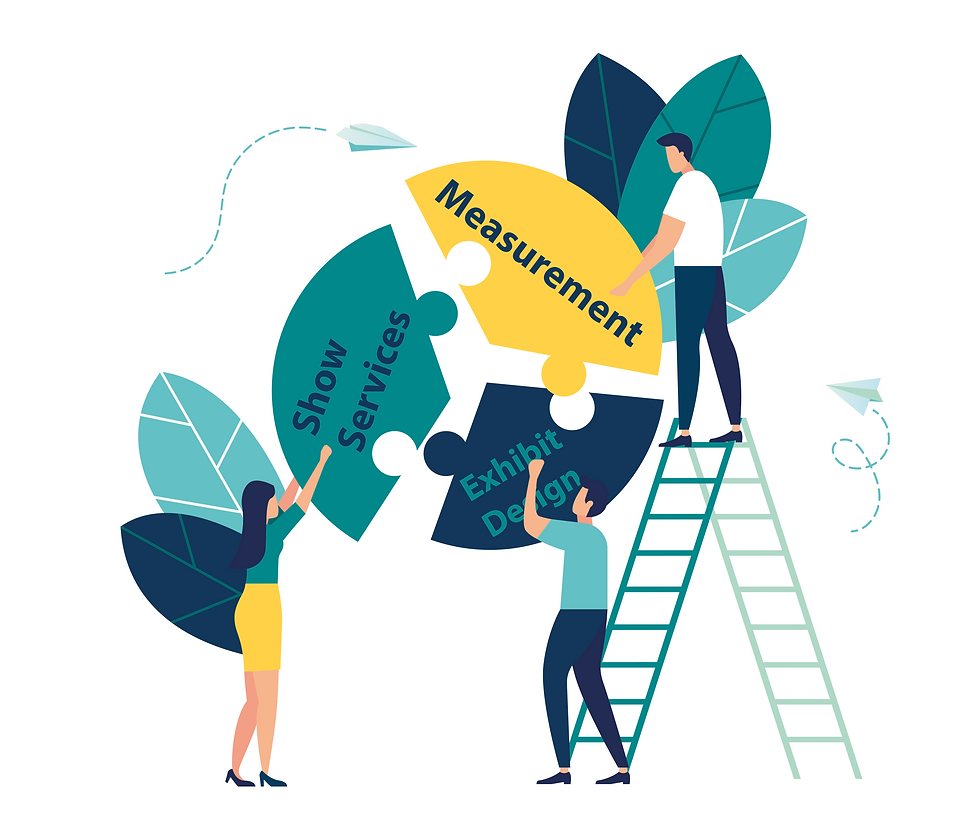How to Build Excitement For An Event
- fs-partners
- Jan 28, 2020
- 3 min read
“You’ve Got Mail!”
That is a phrase that, surprisingly, is as outdated as dial-up Internet. Though many are fans of the classic Meg Ryan/Tom Hanks film of the same name, the idea of being excited by the arrival of an email is foreign to most of us. This is because we all receive hundreds, if not thousands, of email messages daily. Many of them are related to direct marketing, many are Spam, and only a few are likely to bring a smile because they are from a friend or family member (most of whom are texting these days!).
Unfortunately, direct email marketing is still one of the best ways to communicate with your audience. The trick is understanding how to use email marketing to your best advantage, and in a way that generates authentic buzz.
Email marketing is used for a long list of reasons. It can be to send someone to a landing page for a product. It might be used to move someone along a sales funnel towards the next desired action. It could be an email containing a link to a newsletter.
There are so many ways to direct emails work. Yet, as one expert noted, a “well-written customized email will generate more buzz than some generic advertisement. According to Marketing Land, personalized emails deliver six times higher transaction rates, but 70% of companies failed to use them. Most of us already suffer from banner blindness, so traditional methods of advertising aren’t as effective as they used to be. If you’re looking for an alternative or an addition to your strategy, email marketing might be an answer.”
Yet, as you might guess, there are successful ways of using email campaigns and less successful methods. When you are participating in an industry event, and you are eager to generate buzz about it and ensure that your email list pays a visit to your booth or display during the event, you know you face some challenges.
After all, in the time that passes between an event invitation and the event itself, there is a loss in momentum, and people may even forget. Developing and maintaining excitement is the key to success.
How? You already guessed – an email marketing campaign.
Your Email Communication Plan
If you’ve decided to build buzz, you know it has to happen in stages, i.e., regular messages to your subscribers. And right there, we have a major issue – subscribers. Your plan must be to be encouraging, and so you start by asking permission to communicate. Don’t send unsolicited messages.
Then, focus on your content and send only information that matters. This content is a reward for giving permission. For example, you are about to attend an industry trade show. You want to generate buzz about your display. You have email addresses of viable visitors. Do you blast them with invites? No, you get them to give you the green light on communications by offering them content like an ebook, infographic, worksheet, or other useful or entertaining item that relates to your industry.
Need an example? Let’s say you are attending a beauty and hair care event, and your company focuses on men’s hair care and shaving. Offer a free ebook on optimal beard care in exchange for email addresses. Bang! You’ve got permission to communicate about the event.
Once the email list is in place, you can then use the most common steps in email marketing. The steps to follow are not all that complex, and are in line with what one expert outlined:
• “Identify the need for an email.
• Document this campaign’s requirements.
• Draft email copy and find artwork.
• Add copy and art to the template.
• Set up tracking and add to the email.
• Test your email and make edits.
• Complete the email checklist.
• Send your email...”
It is not that complicated, but it has to start with permission and with the creation of that buzz. Remember, too, that your previous participation in events should have also included networking and data gathering that helped to build an audience or email list.
Then, use data to gauge the results in real-time. The FastSensor system enables you to measure foot traffic, engagement, and customer behaviors to help you boost sales and better understand your visitors’ journey. Marketing campaigns have a lot of moving parts and channels, using an email marketing campaign to generate buzz about your participation in an industry event, and measuring the ROI, will help you unveil invaluable details, data, and results.






Comments